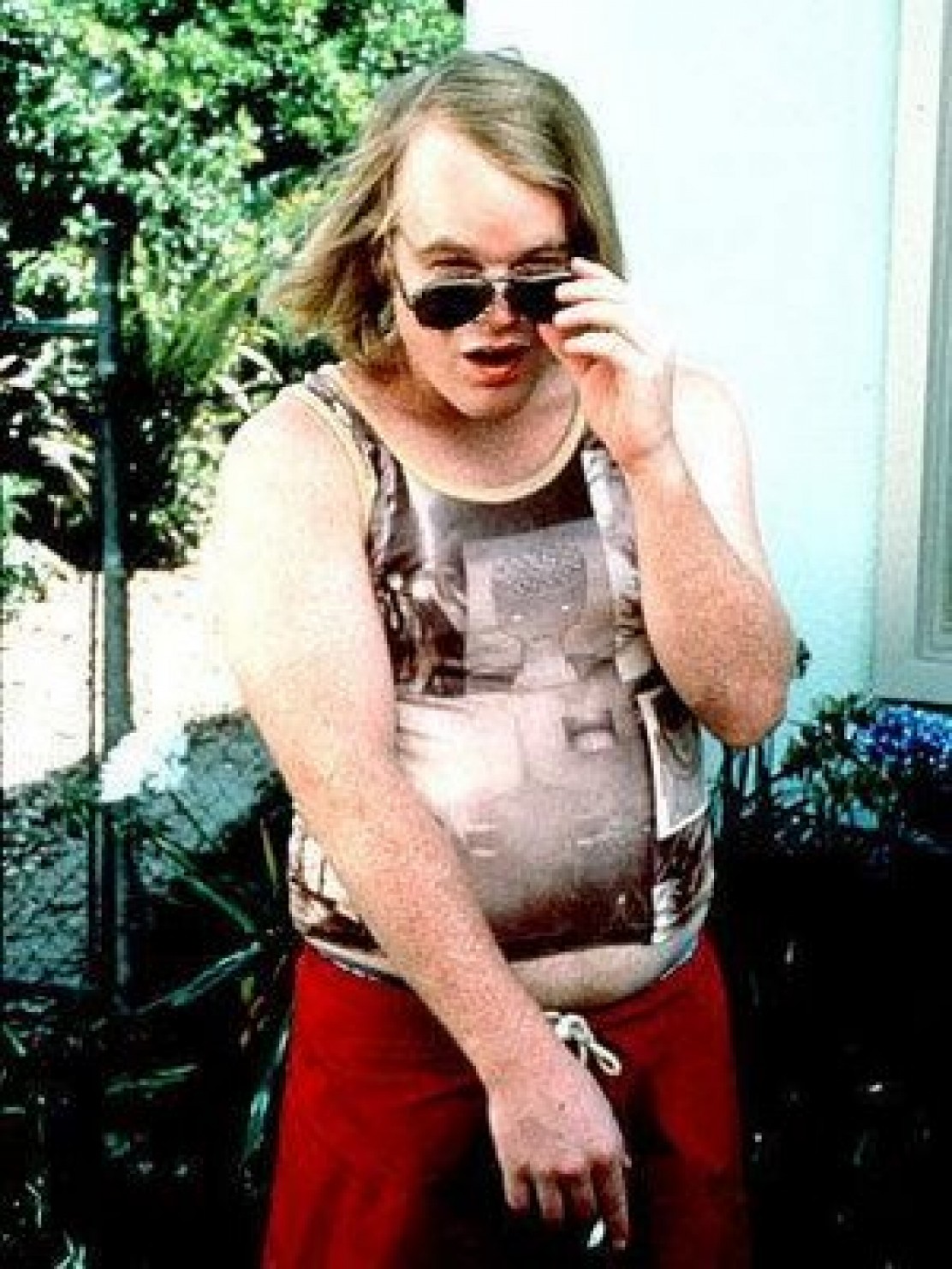Wong Kar Wai’s In the Mood for Love is one of my favourite films, and this is one of my favourite scenes from it.
While technically it’s a conjunction of scenes and takes place over most likely a few days, I think it’s appropriate to look at it as a single scene. The romantic nature of the entire film, that seems to permeate every scene, is very noticeable throughout this short montage.
The main thing that seems to stand out to me in this scene is the cinematography. It’s stunningly shot, and Christopher Doyle uses lights and colours to beautiful effect. The shallow depth of field creates a striking crispness around the characters in the centre, and places them at the front of the audience’s attention. I think this technique, with everything else soft, offers a sense of intimacy to the scene. Often the prominent colours in the shots are blurred due to the depth of field being so shallow, and as they blur they seem to fade into one another and create a very picturesque frame.
The score of the scene also struck me as very charming and romantic. There’s something about the song that seems to swell and sooth, and it functions perfectly with the slow motion tracking shots that define the scene. The lighting is another aspect that really interests me. The hanging lights around the noodle vendor become a motif – apart from them, there’s very little light. They’re expertly placed within the frame in every shot they’re in, always enhancing the quality of the shot. And while it’s expertly crafted technically from all the crew members behind the scene, there’s something impressive about the conception of it all.
The fact that this ‘scene’ is in reality comprised of several smaller scenes is noteworthy, because it changes the meaning. If it was covered as one straightforward, single scene, I don’t think it would be as powerful in creating its atmosphere. The fact that we see Su leave the food market multiple times, and that she’s seen in multiple dresses means that it’s a repetitive thing for her. This is perhaps emphasised by the repetitive shots, consistently framing her in the same way and focussing on the same parts of her journey – her ascent/descent of the stairs, her thermos, the lights.
Coverage becomes more complex and twisted when the scene isn’t a straightforward one. In this sense, the coverage doesn’t really have to convey a plot, but it creates an atmosphere, not only in this scene, but over the course of the whole film. In the ‘traditional’ sense of the term (if that even exists), a scene’s coverage is designed to tell a story, and facilitates that first and foremost. But when there is very small amount of plot to tell in a scene, the coverage can become more experimental, which is the case here. All of its elements contribute to a real sense of romance, which culminates in the final shot, where the two characters featured in the scene pass each other closely on the stairway. That’s what really interests me about the scene: the fact that it’s entirely an atmospheric piece, with only one shot contributing even the tiniest part to the plot. Films with no real narrative, so to speak, that still manage to generate real emotion through other elements, I will always respect.
The entire film strikes me as carefully planned and covered. Most scenes are covered very intricately and delicately, and this one is no exception. The slow motion and long cuts are spellbinding, and the way that Kar Wai creates a scene to revel in an atmosphere to add to the final moment, the ‘corridor glance’ is exceptional.
